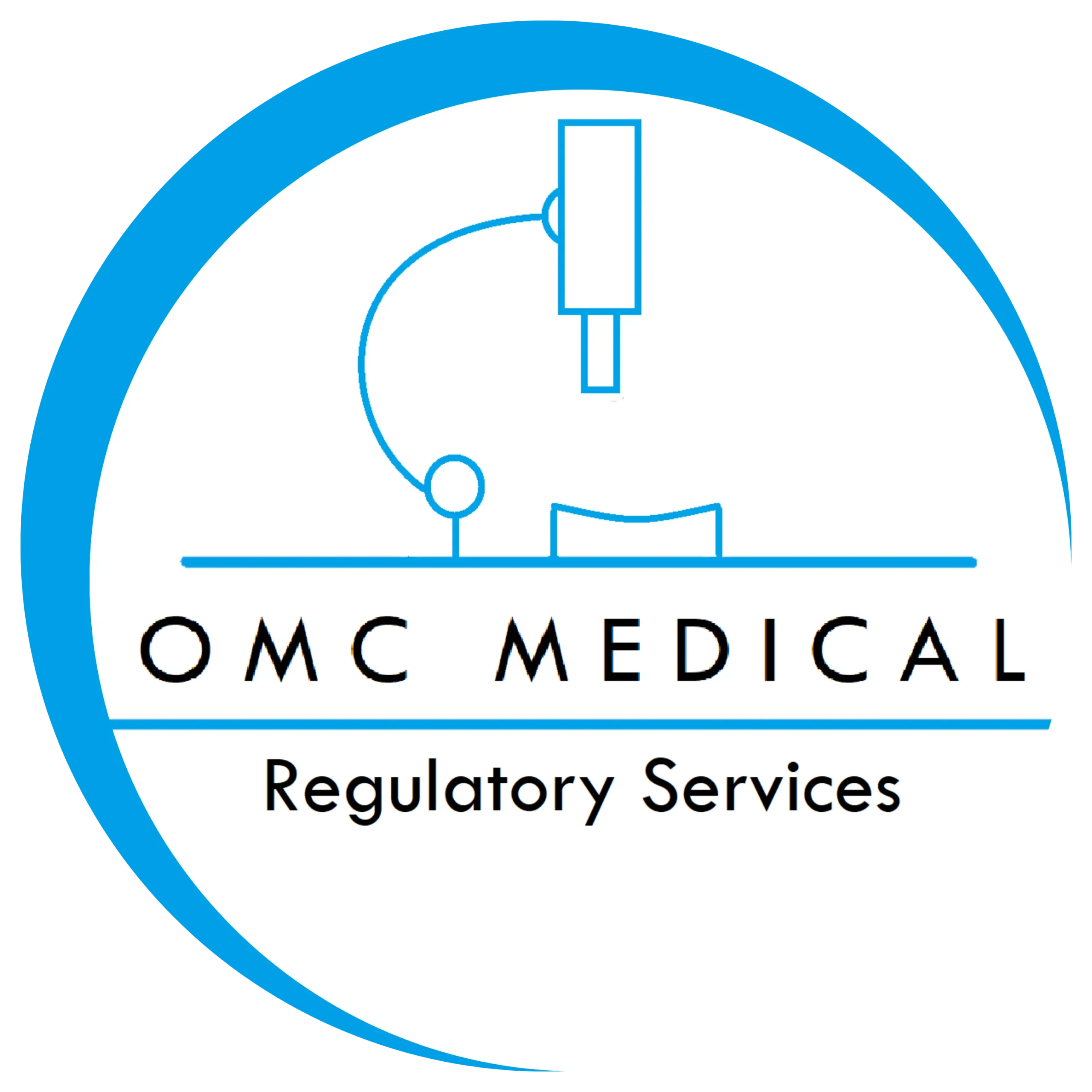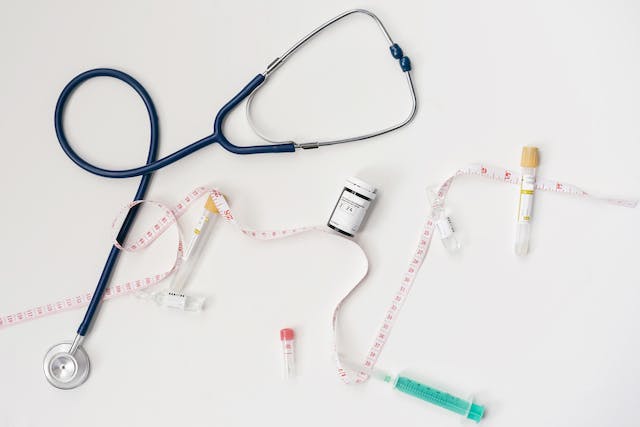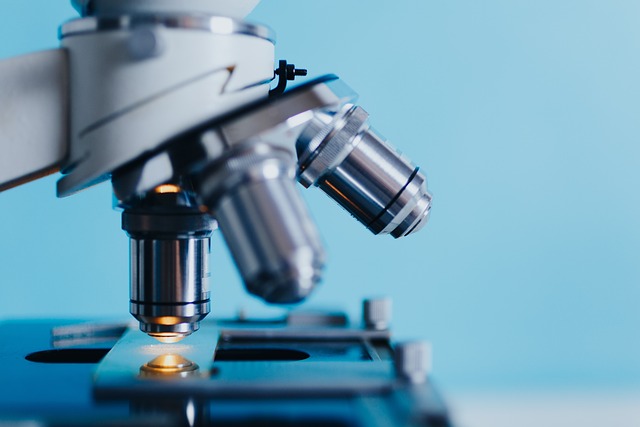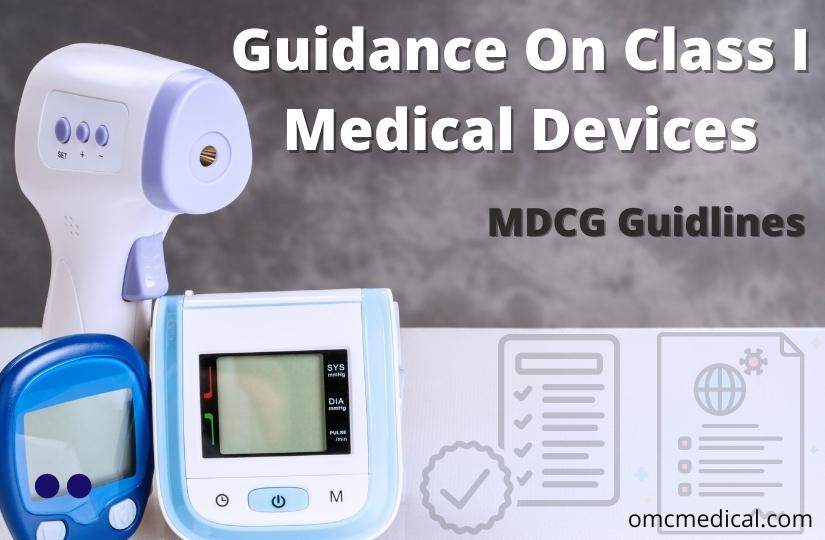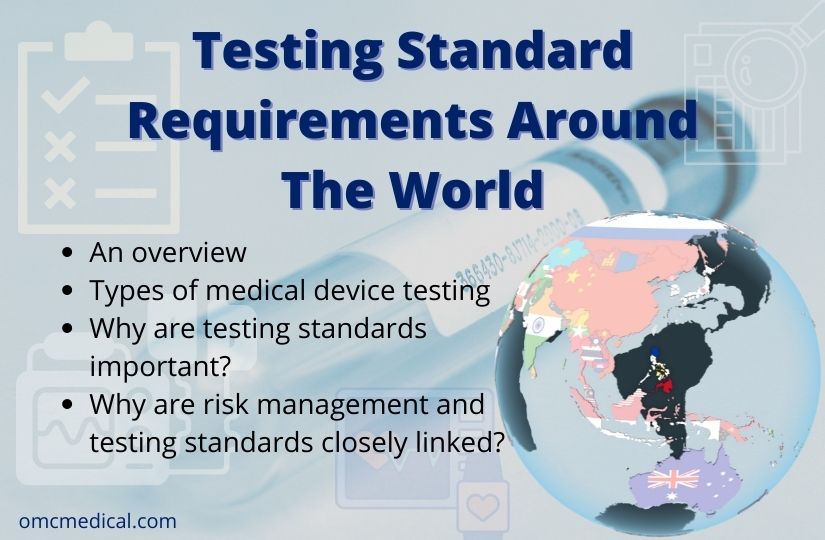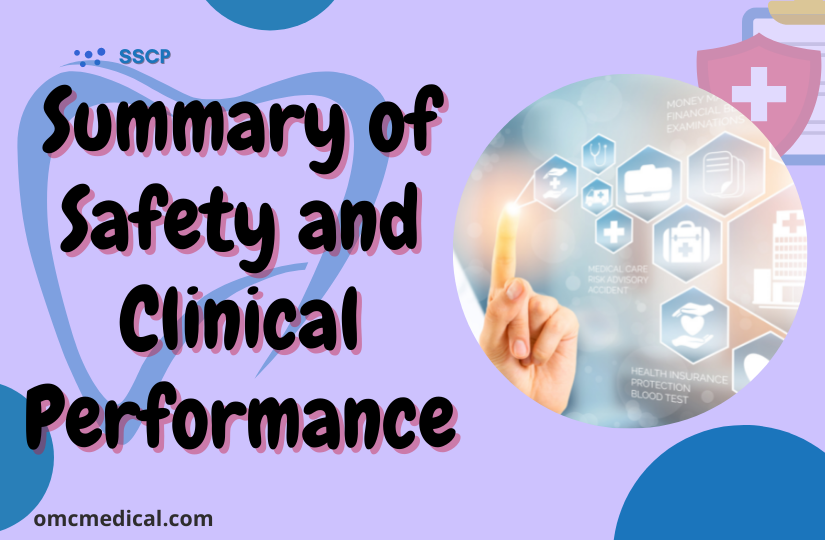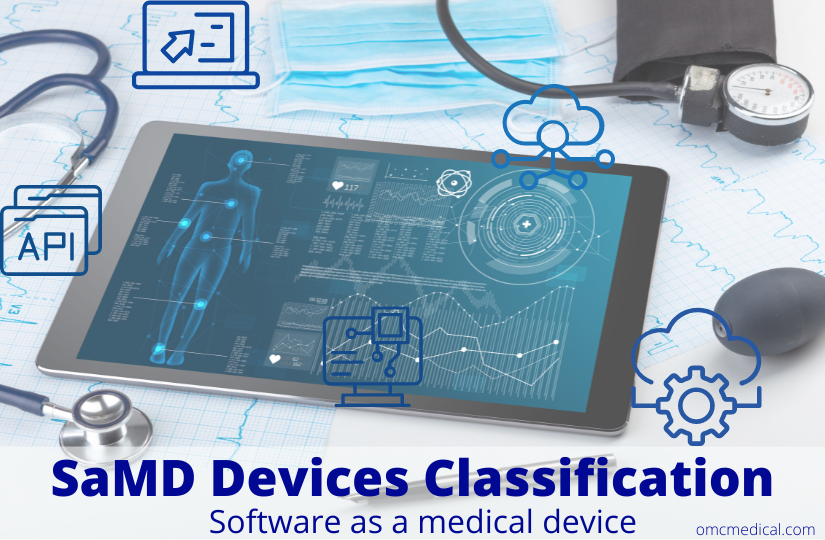Swiss
Switzerland is a premier destination for medical device manufacturers relying on sophisticated micromanufacturing or advanced precision techniques. This appeal is evident in Switzerland’s choice of EMEA headquarters for industry leaders. The country boasts one of the world’s highest proportions of GDP derived from the manufacturing sector, driven by traditional watchmaking, MEMS, and Medtech industries. These sectors have cultivated highly industrialized, digitized precision cluste...
Navigating Medical Device Regulations: A Comprehensive Guide to Market Access in Europe, Switzerland, and the UK
Introduction and Guide to Market Access In the intricate landscape of medical device regulations, successfully bringing products to market requires a thorough understanding of the varying requirements in different regions. This market access guide provides comprehensive insights into the European Union (EU), Switzerland, and the United Kingdom (UK) regulations, shedding light on crucial aspects such as Authorized Representatives, Importers, and other economic operators. Crafting your Marke...
Top 7 Guidance On Class I Medical Devices
The EU MDR 2017/745 imposes more stringent requirements for Class I devices. Under the new regulations, Manufacturers must righty classify a medical device and provide technical documentation following the device class. The risk class under MDD could change under MDR. In some cases, medical devices could be up classified from Class I medical devices to Class II a/b medical devices or Class III medical devices. Please read our article on the classification of medical devices to understa...
Testing Standard Requirements around the World
Medical device testing standard- an overview Medical device testing is a crucial step in manufacturing a product. This mandatory process ensures that the medical device is safe and effective. Testing of medical devices proves that the product complies with the standards and regulations of a country. Moreover, it also sheds light on any product defects. This article discusses the testing requirements and the applicable standards. Medical device testing applies to all medical devices, in-vitro dia...
Nomenclature of Medical Devices
Medical device nomenclatures are those products used to prevent, diagnose, treat, and monitor the many diseases known to humankind. Medical devices and medicines play an equally important role in treating human beings. To learn more about medical devices, read our article on the definition of a medical device. This article discusses the nomenclature of medical devices and examples of these. What is the Nomenclature of Medical Devices? To simply put it, the nomenclature is the naming of a me...
Global ISO Requirements
What is ISO? ISO – International Organization for Standardization, is the international, non-governmental body for drafting and establishing technical and non-technical standards. These standards are developed by different committees within the International Organization for Standardization. Having around 165 member states, with one representative from each, International Organization for Standardization is a global entity catering to the needs of industry requirements. Are ISO standards impor...
Summary of Safety and Clinical Performance (SSCP)
Summary of Safety and Clinical Performance (SSCP) acts as a vital document that allows the public to access information quickly. The information in the SSCP can be sourced entirely from the technical file. The technical file consists of the Post Market Surveillance (PMS), risk assessment, post-market clinical follow-up (PMCF) plans and reports. The SSCP document is required for high-risk devices only-this includes Class III and all implantable devices. Manufacturers of custom-made or investigati...
Field Safety Corrective Action (FSCA) – Swiss
What is a Field Safety Corrective Action? Any action performed to reduce the risk of death or serious deterioration in health connected with the use of a medical device is referred to as Field Safety Corrective Action (FSCA). The manufacturer is required to take action to remove or limit the risk of the recognised dangers. If a medical device malfunctions in Switzerland, the manufacturer is required to undertake an FSCA and Swissmedic keeps track of all FSCAs regarding medical equipment sold in...
SaMD Devices Classification
SaMD is software intended for one or more medical purposes that perform these without being part of a hardware medical device. Medical device software is meant to be used, alone or in combination, for a purpose specified in the definition of a “medical device” in the MDR or IVDR, regardless of whether the software is independent or driving or influencing the use of a device. You can read more on the SaMD Regulation here. To be qualified as medical device software, the product must first...
Implant Card for Switzerland
Implant Cards in Switzerland For implantable products, the manufacturer must provide the product information required under Article 16 of MedDO, the information required under Article 18 paragraph 1 EU-MDR and must include the implant card. In Switzerland, the implant card must be in all three official languages of Switzerland. The information regarding implant card is in MedDO Article 20 Information on implantable devices. Healthcare institutions must enter the details of the implant...
